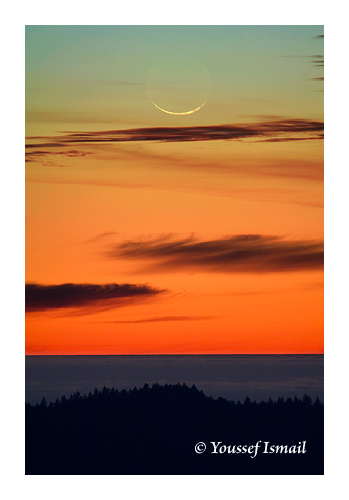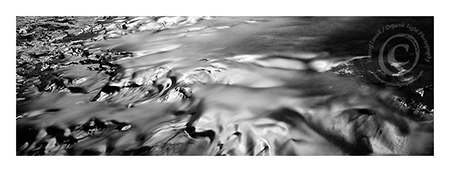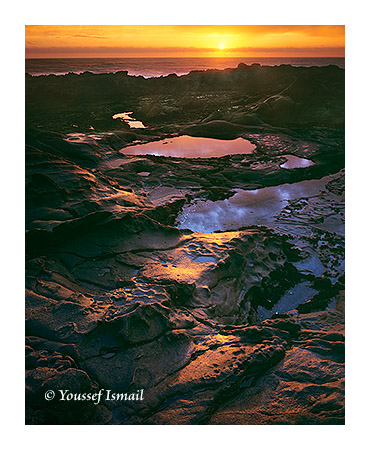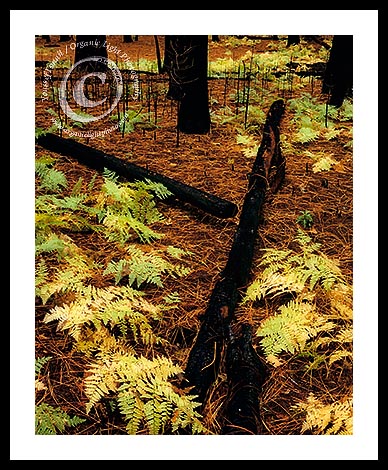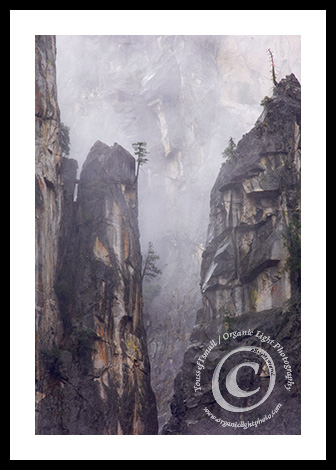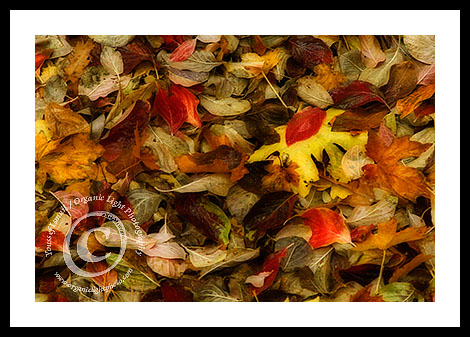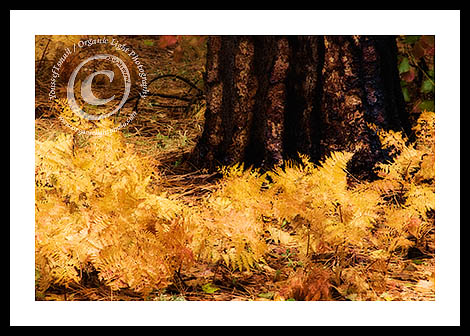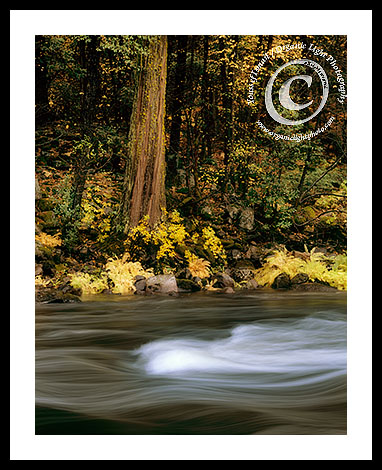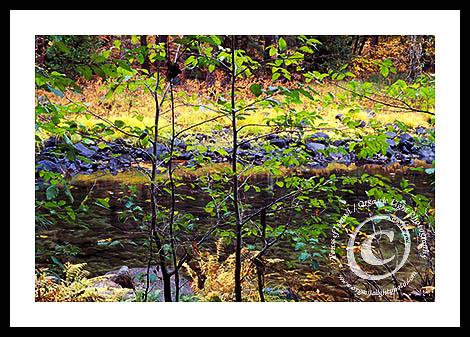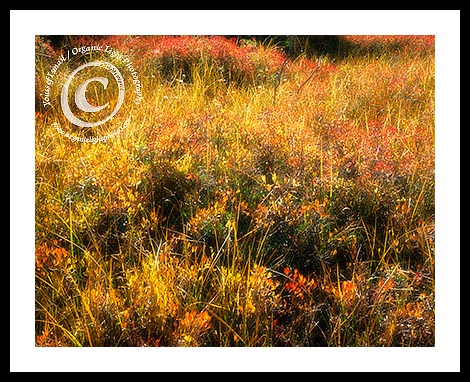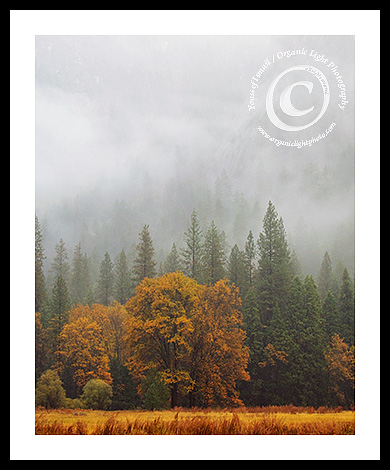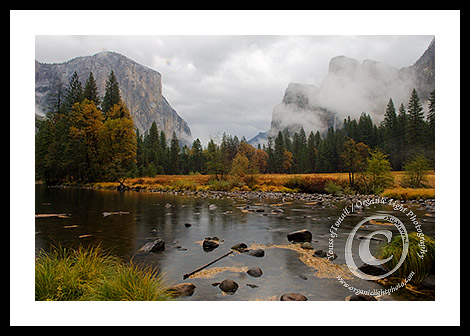What We Can’t See
The new moon is upon us once again. As I write this post, it is about 6 hours before it will be visible in the western sky provided the sky is not cloudy.
Last month I photographed a new crescent moon that moved through the sky in varying light over a twenty minute period. As elusive as the new crescent moon is in its own right, making it difficult to see, some times the camera manges to pickup light that our eye just cannot perceive.
Pictured in the photo below is the new crescent moon of February 3rd, 2011 taken 10 minutes after the photo that was posted in the Rabi Al-Awwal Begins post. It was a toss up for me as to which photo to actually post for that entry in the journal. I chose the former due to its sharpness, as the photo below used a shutter speed that was a bit longer than I normally like to use and the moon blurred ever so slightly due its motion in the sky.
However, what fascinated me about this image was that after I had processed the RAW file, I could actually see the entire shadow of the moon in the sky. There was just enough variation in the light from the moon to be recorded by the digital sensor. Now this is not unique to digital cameras as I have recorded the shadowed moon on new moon nights before using film, however what is intriguing is the fact that my eyes could not see these subtle variations in the light.
Our eyes do not accumulate light the way a camera does. As light enters our eyes the cones and rods on the retina become activated and immediately send their impulses down the optic nerve to our brain where in interpret what we “see”.
In contrast a camera opens its shutter to allow light to enter it. The light hits a piece of film chemically treated to react to light, the longer the shutter is left open the more chemical grains on the surface of the film become activated and retain visual information. The same is true with digital sensors however in this case the sensor is electrically active and starts to record light as charge build upset up when the photons of light cause current to flow through the micro-sized photo transistors on the digital chip. The longer the shutter is left open the more charge is built up and interpreted as brighter light. In this manner the camera is able to “see” things in dim light that our eyes can never see. As long as there is some visible light the camera can record it given enought time while the shutter is open.
Darkness has always been symbolic of mystery, the unknown and all that these ideas bring with them, like fear, terror, evil and so on. And while there is nothing out there in the dark that does not exist in the day, our inability to see in the dark conjures up fear of the unknown. Today however, with modern digital camera technology night time photographs have never been easier to make. And for those brave enough to venture out into the darkness of night to make such photos, we can all marvel and rest assured, there are no monsters in the dark and to know that what we can’t see won’t hurt us.
Peace.
